Hau Giang has the strength to develop agriculture, but agricultural products are mostly consumed domestically, so the value is not high. The provincial agricultural sector has been building many production models according to the value chain, which is a condition to bring the province's agricultural products further.
In 2024, Phung Hiep district will gradually upgrade its safe rice production model to organic. Photo: D. KHÁNH
After more than 2 years of building and developing the safe rice model, Phung Hiep district now has nearly 3,000 hectares of rice produced in a safe direction, gradually moving towards organic. Sticking with the model for nearly 4 crop seasons, Mr. Dang Huy Dung, in Cay Duong town, has now developed nearly 2 hectares of safe rice. According to Mr. Dung, when participating in the model, farmers were supported by the State with 50% of the cost of seeds, fertilizers and clean rice cultivation processes, so his family's rice cultivation level has gradually improved. This crop, his family's 2 hectares of rice use high-quality seeds, are in the heading stage, traders are offering a price of more than 9,000 VND/kg, so he is very excited.
Mr. Dung added: “Producing rice in a safe direction not only has stable productivity, but also reduces costs during the cultivation process. The rice grains produced have higher quality, so the selling price is also slightly higher than the traditional production method in the past. Especially this season, the price of winter-spring rice is at a high level, so farmers are expecting a bumper crop.”
Thanks to the guaranteed consumption, the output of pineapple plants is favorable. Photo: T.TRUC
Not only on rice, in recent times, Phung Hiep district has also encouraged farmers to invest in building clean agricultural models. A typical example is the model of growing South American bananas in the direction of clean food hygiene of Mr. Le Vu Lam. Initially only planting on a trial area of 2 hectares, Mr. Lam has now cooperated with farmers in the region to develop an area of nearly 20 hectares. On average, his facility currently supplies more than 4 tons of bananas to retail systems in the Mekong Delta region. The facility's orientation by 2025 will expand the raw material area to about 100 hectares to have enough products for export.
Mr. Le Vu Lam shared: “The land of Hoa An, Phuong Binh is very suitable for growing South American bananas, so the orientation of the facility is to continue to mobilize and cooperate with farmers in this area to expand the area. Participating in the model, farmers will be supported with seedlings, fertilizers and pesticides during the cultivation process, and will be paid gradually by banana output during the harvest season. The base price for consumption that the facility cooperates with the people is 5,000 VND/kg of bananas”.
According to the agricultural sector of Phung Hiep district, the whole district currently has nearly 40,000 hectares of production land, including: 20,000 hectares of rice, 3,000 hectares of sugarcane, 11,000 hectares of fruit trees, 6,000 hectares of vegetables and aquatic products. Of which, nearly 30% of the production area is in the direction of safety, gradually moving towards organic. The whole district currently has 19 growing area codes for agricultural products exported to China and the EU, 165 high-tech application models, 10 models according to VietGAP associated with the value chain, 3 OCOP products proposed for national 5-star recognition. Accordingly, in 2024, Phung Hiep district will replicate these effective models throughout the district.
Mr. Nguyen Van Vui, Secretary of Phung Hiep District Party Committee, said: In 2024, Phung Hiep district will focus on developing agriculture according to the value chain. To achieve this goal, there must be a suitable time and roadmap. However, an advantage is that in the past, the district has shaped and developed growing area codes for a number of agricultural products. At the same time, many effective models have been built to demonstrate for farmers to visit and learn from. In the near future, the district will conduct a preliminary summary, evaluation and replication on crops such as MD2 pineapple, fruit trees, safe rice and will develop more on aquaculture. The goal is to consume agricultural products produced by farmers in the district, contributing to increasing people's income.
With appropriate steps, by the end of 2023, the agricultural production value of Phung Hiep district will reach more than 4,000 billion VND, an increase of 3% compared to 2022. That shows that Phung Hiep district's agriculture is making a strong transformation and developing in the right direction.
According to the Hau Giang agricultural sector, last year alone, the whole province had 32 enterprises and 38 cooperatives linking production and consumption of agricultural products with 39,870 households participating, an area of 38,656 hectares, and an output of 334,105.4 tons. Of which, rice had 25 enterprises and 30 cooperatives linking production and consumption of rice with 39,145 households participating, an area of 37,808 hectares, and an output of 316,966.4 tons. The form is end-of-season consumption, seed supply combined with consumption or seed supply, agricultural materials and consumption. The consumption price is fixed 7-10 days before harvest, according to market price or 50 to 1,000 VND/kg higher depending on the type of seed and the consuming unit. For fruit trees, there are 7 enterprises and 8 cooperatives that jointly purchase with 725 participating households, an area of 848 hectares, and an output of 17,139 tons. Specifically, seedless lemons have 3 enterprises and 3 cooperatives that jointly purchase with 123 participating households, an area of 220 hectares, and an output of 3,332 tons; grapefruits have 2 cooperatives with 70 participating households, an area of 53 hectares, and an output of 785 tons; jackfruits have 2 enterprises and 1 cooperative that jointly purchase with 8 participating households, an area of 55 hectares, and an output of 720 tons; and pineapples have 2 enterprises and 2 cooperatives that jointly purchase with 524 participating households, an area of 520 hectares, and an output of 12,302.2 tons.
Mr. Ngo Minh Long, Director of Hau Giang Department of Agriculture and Rural Development, said that through the implementation of production and business of agricultural, forestry and fishery products to ensure quality and food safety; building and connecting safe agricultural, forestry and fishery food supply chains, up to now, the production and business of agricultural, forestry and fishery products has gradually become more organized, the selling price of agricultural chain products is higher than the market price. The consumption market for chain products and products meeting safety standards has been expanded in provinces and cities across the country. Up to now, the whole province has had 17 chains certified for safe products including oranges, snakehead fish, rice, leafy vegetables, custard apple tea, seedless lemons, jackfruit and eel. In the coming time, the industry will coordinate to reorganize the intra-regional agricultural product trade system; improve market research and forecasting capacity; connect with the national consumption network; enhance the position and competitiveness of agricultural products; Promote the application of technology in connecting supply and demand, and consuming agricultural products. Innovate trade promotion activities, develop appropriate market development tasks and solutions to ensure harmonious and sustainable overall trade development. Continue to coordinate to promote the construction of agricultural logistics centers, cold storage systems associated with raw material areas to stabilize agricultural product output for farmers.
T.TRUC - D.KHÁNH
Source


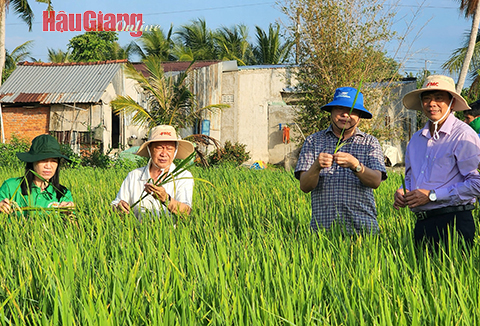
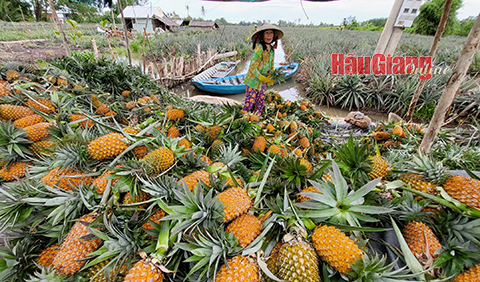

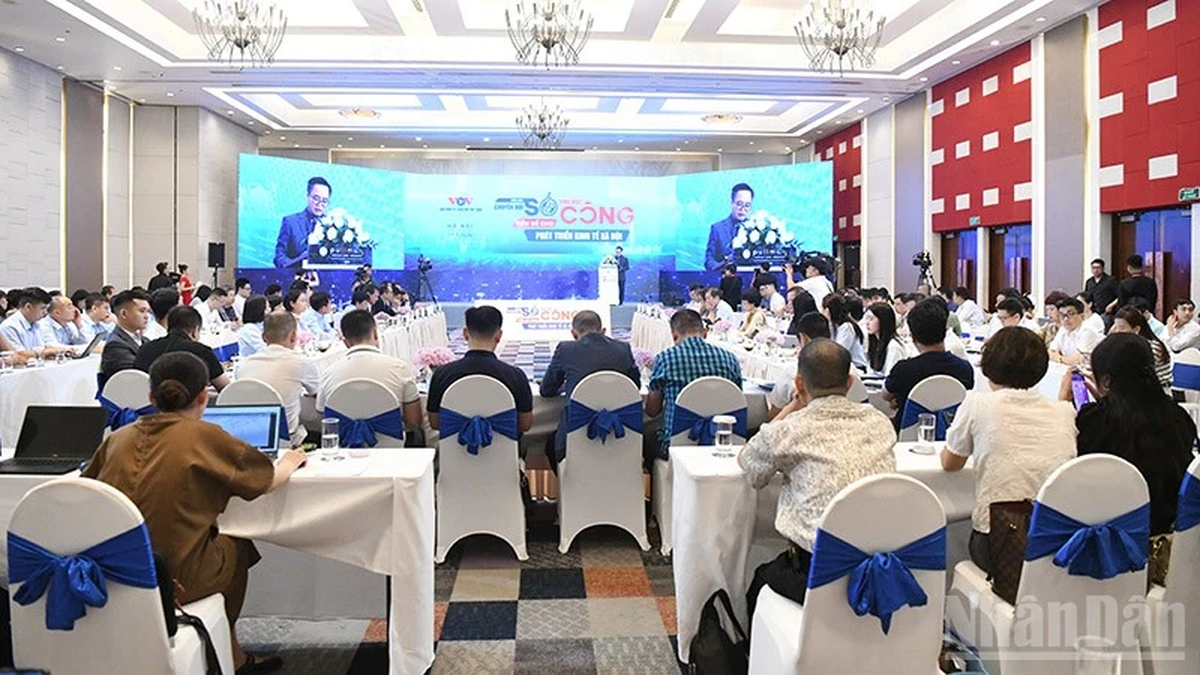

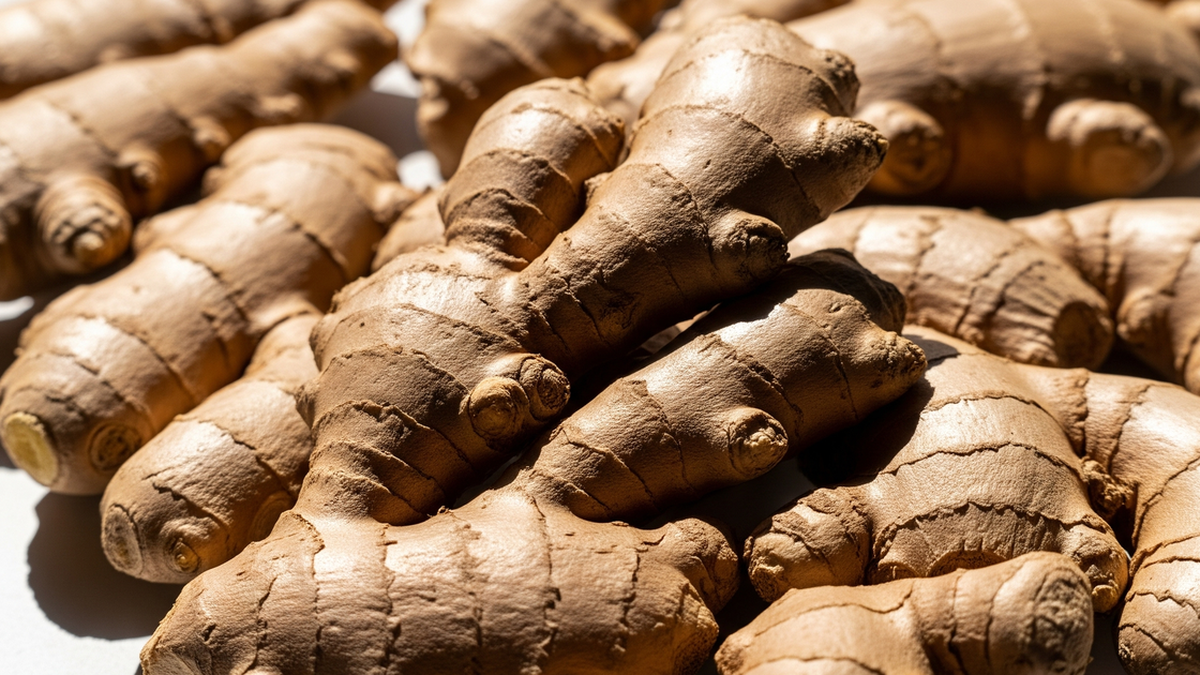


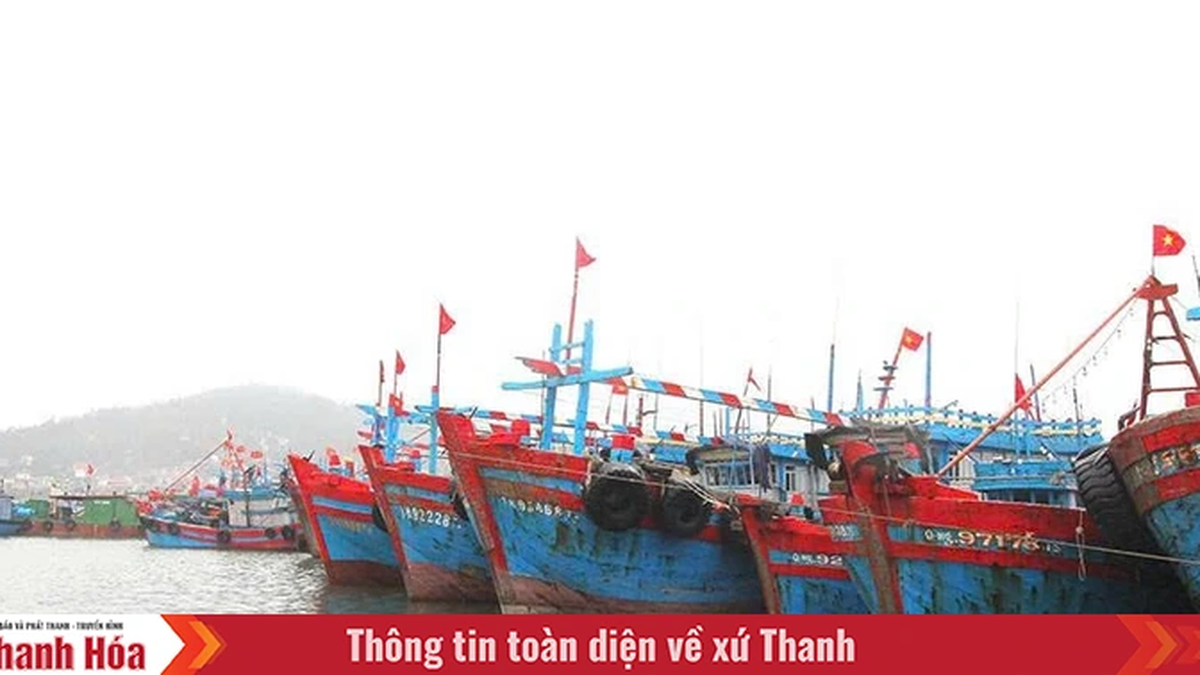



























































































Comment (0)